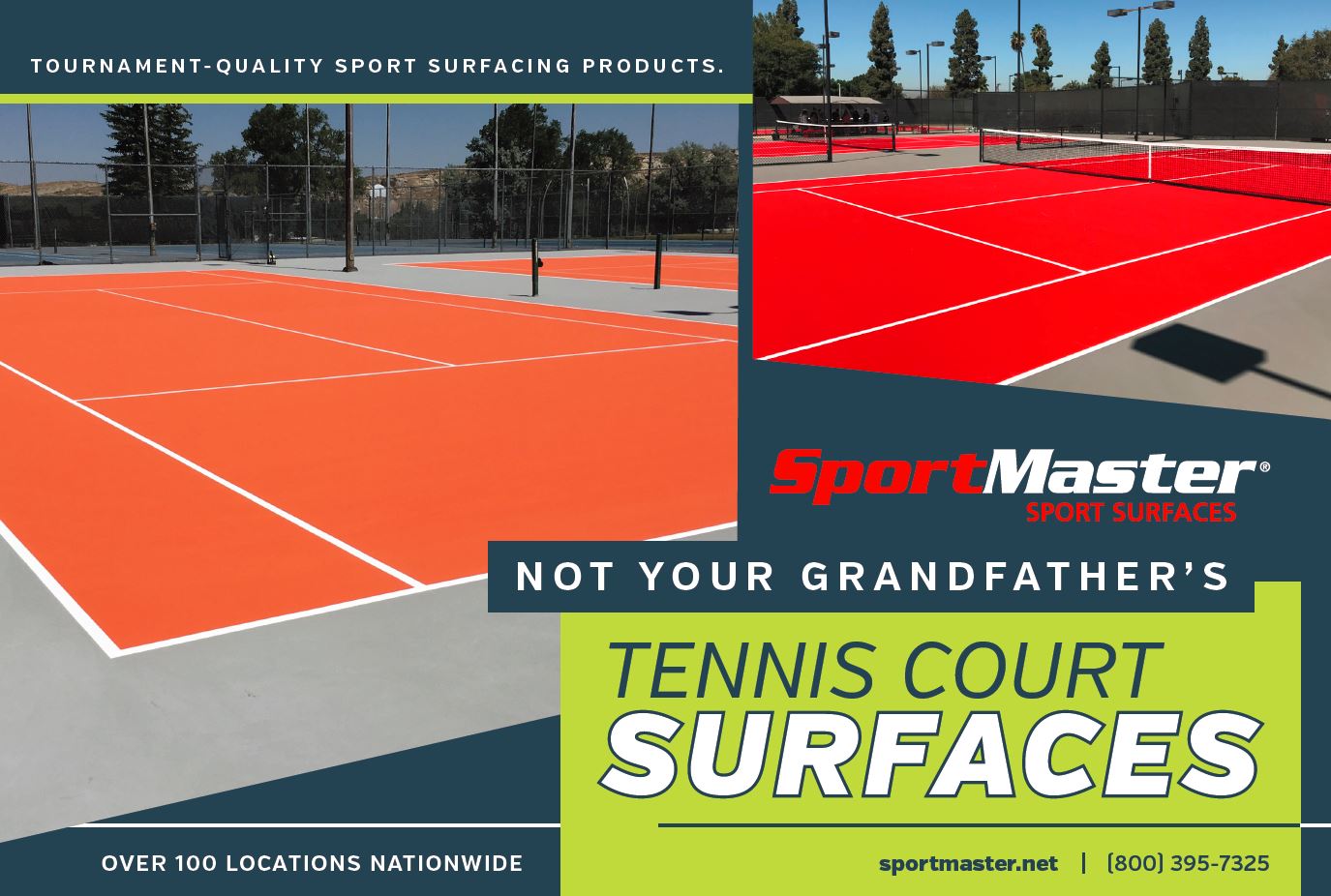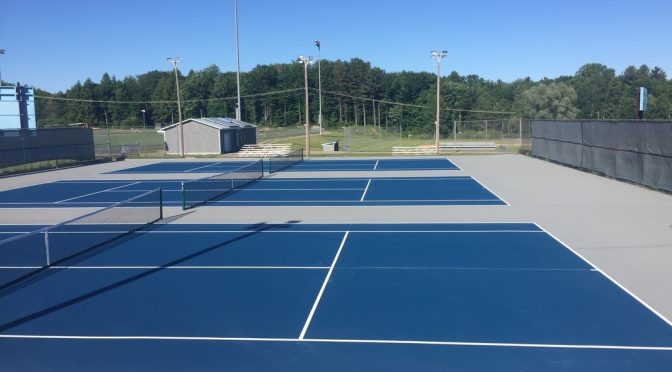Question: Are acrylic sport surfaces breathable and permeable?
Answer: Yes, SportMaster 100% acrylic sport surfaces are breathable and classified as semi-permeable.
Acrylic Sport Surfaces for Athletic Surfacing
SportMaster Sport Surfacing systems are produced using high-quality, 100% acrylic resins. This is the industry-standard for sport surfacing on asphalt and concrete tennis, basketball, pickleball, and many other athletic and recreational court surfaces. One of the main reasons for this is the fact that 100% acrylic resins are semi-permeable and allow a small to moderate amount of vapor transmission.
It is important to know that this does not mean you can have poor drainage and slope on a court surface and expect the acrylic coatings to “fix the problem”. As a leading producer of acrylic sport surfaces, we strongly recommend following the construction guidelines of the American Sports Builders Assocation (ASBA). The ASBA maintains an updated library of publications that demonstrate the right way to build tennis, pickleball, and athletic courts, along with running tracks and other recreational surfaces. If athletic surfaces are not properly engineered, drained, and constructed, our (and any other) sport surfacing systems may exhibit bubbles, blisters, or failure.

Asphalt & Concrete Athletic Court Construction
The recommended slope, for asphalt & concrete athletic court construction, is 1%. This should be 1″ fall per every 10 feet of surface, in one direction. This is enough pitch to allow runoff of water, without creating issues for the players. Courts will be able to drain quickly and re-open for play. Plus, acrylic coatings do not like to be constantly submerged, or the coatings will start to breakdown and wear at a quicker rate.
It is very important to have a professional drainage plan and make sure that water coming off of the court doesn’t accumulate beneath the slab. Perimeter drains or other drainage plans, to take the water away from the courts and into the drainage system, is necessary. Concrete courts should also be built with a vapor barrier to prevent hydrostatic pressure, in the form of water vapor, beneath the slab. When the sun heats up the court surface, sub-surface water turns to vapor and creates vapor pressure to escape. If enough water builds up beneath the slab and pushes upwards, it can create bubbles and blisters in the coatings and lead to peeling.
Important Factors For Sport Surfacing Success
-
- Consult an experienced sport architect/engineer
- Hire a qualified sport construction & surfacing contractor
- Stick with 100% acrylic primers and coating systems throughout the entire sport surfacing system.
- Follow the manufacturers specifications and recommendations
- Don’t cut corners on proper construction and drainage. It will only cost you more down the road


